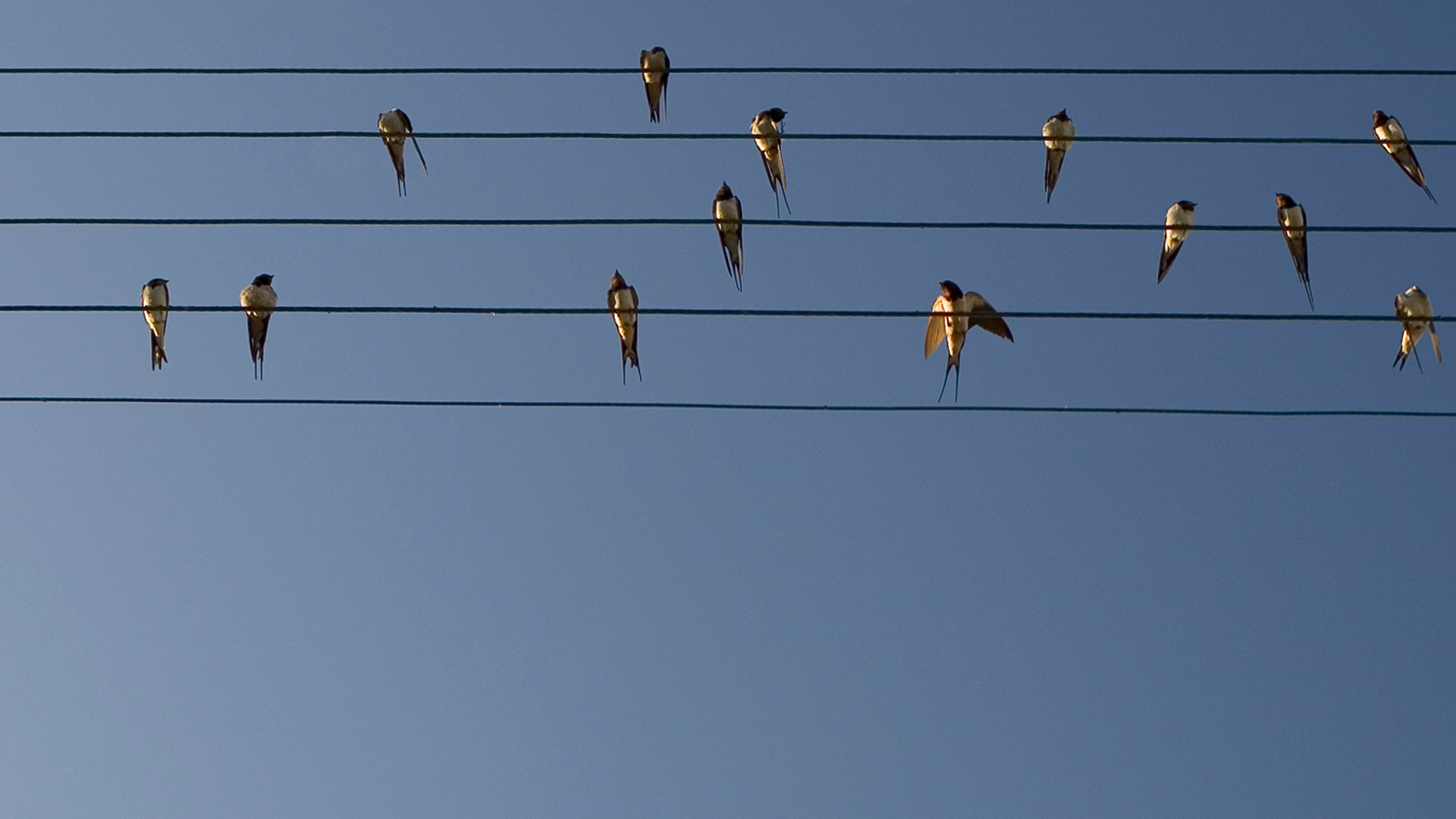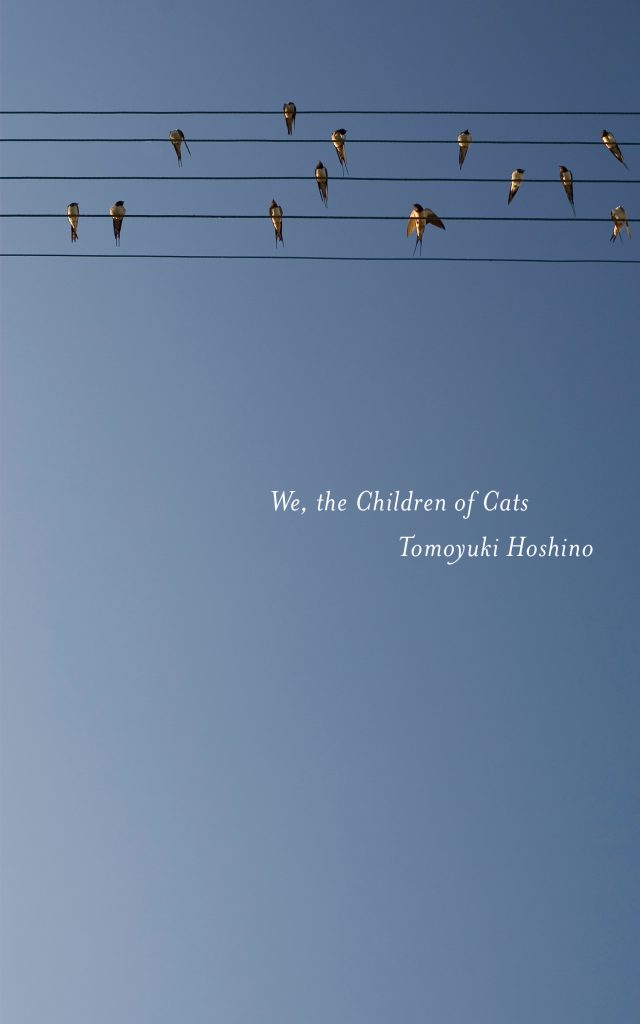by Will E
Junbungaku: Japanese Literary News and More
September 7, 2012
In “Paper Woman,” the first story of Hoshino’s debut collection We, the Children of Cats, the narrator (also named Tomoyuki Hoshino) ends the story by proclaiming the death of literature:
Paper’s absence taught me that novels are already meaningless, that their meaning has always been illusory. There is no one left who craves words like she did, who wants to absorb them completely and be read herself in turn.
And she wanted me to do the same to her, to absorb her and let her read herself off me. I responded as well as I could, imperfect as I am. But I was all she had. She wanted so much to connect with so many more, but only I ever made the attempt. And it was too much for me to bear alone.
This is the first of many instances while reading We, the Children of Cats that illustrates Hoshino’s obsession with the power and meaning of literature, and if anything, the collection proves Hoshino (the character/narrator)’s antithesis: literature will not only live on, but thrive, if authors like Hoshino continue to write and be read.
In Tomoyuki Hoshino I see Kenzaburo Oe’s first true successor: a daringly intelligent, political writer capable of beauty and darkness, one that sees the power that is still capable of the written word. But Hoshino, roughly thirty years Oe’s junior, is also a product of a more contemporary, fractured Japan, a citizen who grew up surrounded by the creeping shadows of postmodernism and magical realism.
But Hoshino, who would also compare favorably to the post-modernist proclivities of Kobo Abe, feels fresh in the current landscape of Japanese novelists. Surreality is certainly no stranger to contemporary Japanese literature and it’s certainly the kind of literature that often is translated into English, hoping to strike that Murakami goldmine, but in Hoshino there is a certain amount of control that many others either lack or eschew. Each moment is crafted, specifically engineered for meaning. Which is not meant to say that Hoshino is an easy writer, or that his stories feel artificial. Hoshino’s prose always exudes a confidence, a message that what you’re reading is important and meaningful, even when the outlandish, or otherworldly, obfuscates that meaning you know lies beneath the surface.
The difference between Hoshino’s “surreal” and the rest of Japan’s “surreal” most likely is a product of Hoshino’s clear influence from Latin American literature, specifically Borges and Garcia Marquez. It colors his work, even when the stories aren’t taking place in Latin America or reference Latin American culture. I hesitate to call it a rhythm (what is more clichéd than when talking about Latin American culture), but it is a feeling, and in “Milonga for the Melted Moon,” the Marquez-ian influences are overwhelming; it’s like taking the short punch of “Eyes of a Blue Dog” and drawing it out for far too long. There are moments of transcendent beauty in “Milonga,” but unlike the rest of the stories in the collection, it borders on the tedious.
The other stories in We, the Children of Cats are intense, meticulously crafted stories imbued with a sense of controlled chaos, whether it’s about a Japanese man who tries to become a resistance fighter in a nameless Latin American nation, or a boy who imagines his absent father so intensely he becomes almost real again, or a couple who mysteriously grow new invisible sex organs. Even the title story, in which a married couple argues about having children, is defined by the two natural disasters that frame the couple’s lives. Whether working in a realist or surrealist mode, Hoshino writes with an intensity and clarity that makes the beautiful magnificent or the darkness terrifying.
In his afterword, translator Brian Bergstrom discusses at length the idea of transformation as a theme throughout Hoshino’s work, which is certainly compelling, but what struck me as Hoshino’s bone to pick, that itch that as a writer he just has to scratch until his skin cracks and bleeds, is the problem of identity in contemporary society. He explores variations of this theme in each story almost like a checklist, leaving no manifestation of it unturned. In “Air,” it’s gender identification, “Chino”: ethnicity and class, “We, The Children of Cats”: nationality re: societal values, “Sand Planet”: nationality re: colonialism and globalization. But the question at heart always boils down to: “Who am I, and with whom do I belong?” and/or “Am I alone?”
It’s a powerful question, a universal one, and so whether his stories take place in Japan or in Latin America or in a dreamland, Hoshino is adept at striking that raw nerve. Hoshino offers no pat answers, but the way he explores the question has led me to believe he is one of the best authors writing in Japan today. His work demands to be translated and read. Let’s provide the audience for Hoshino that the Paper Woman so desperately craved.







